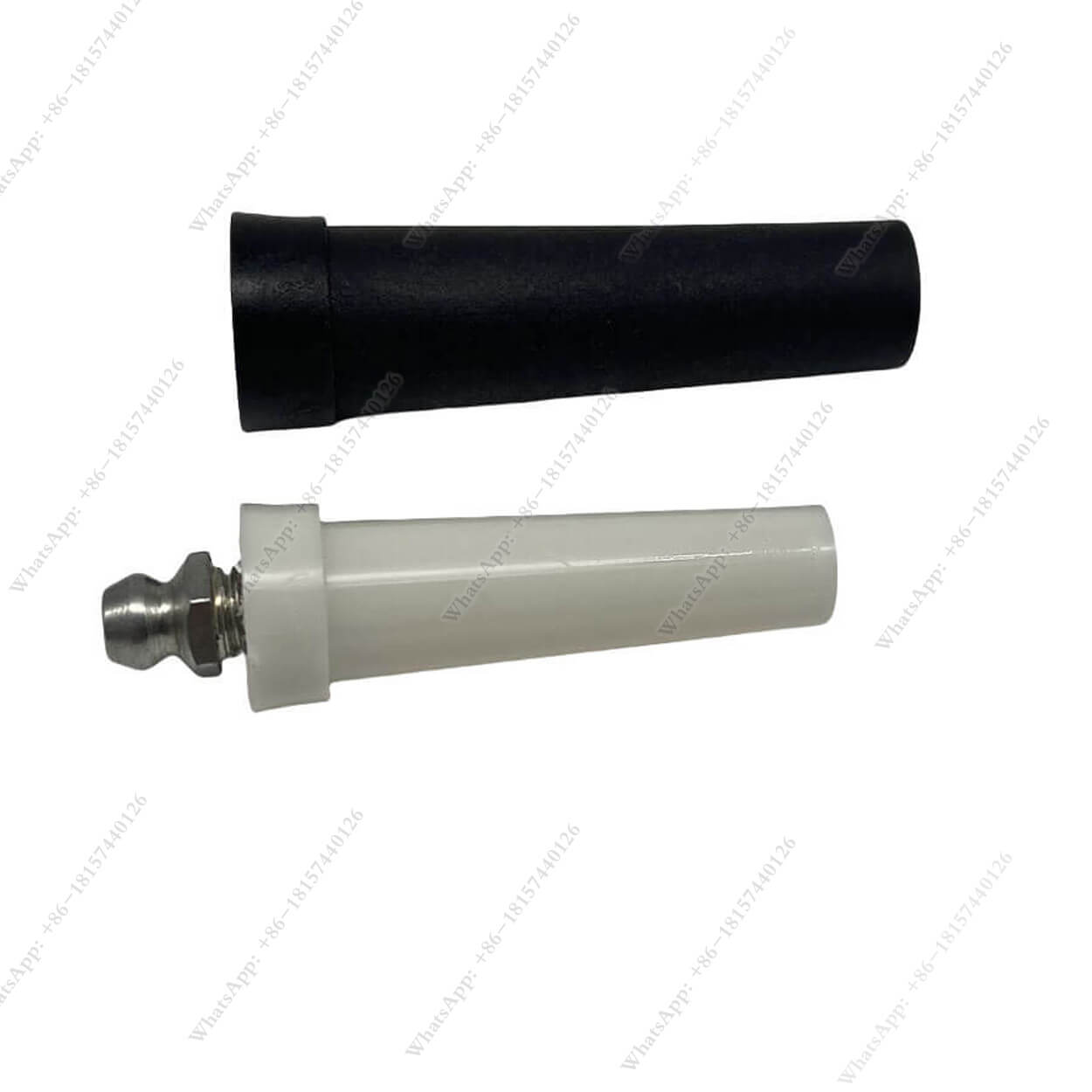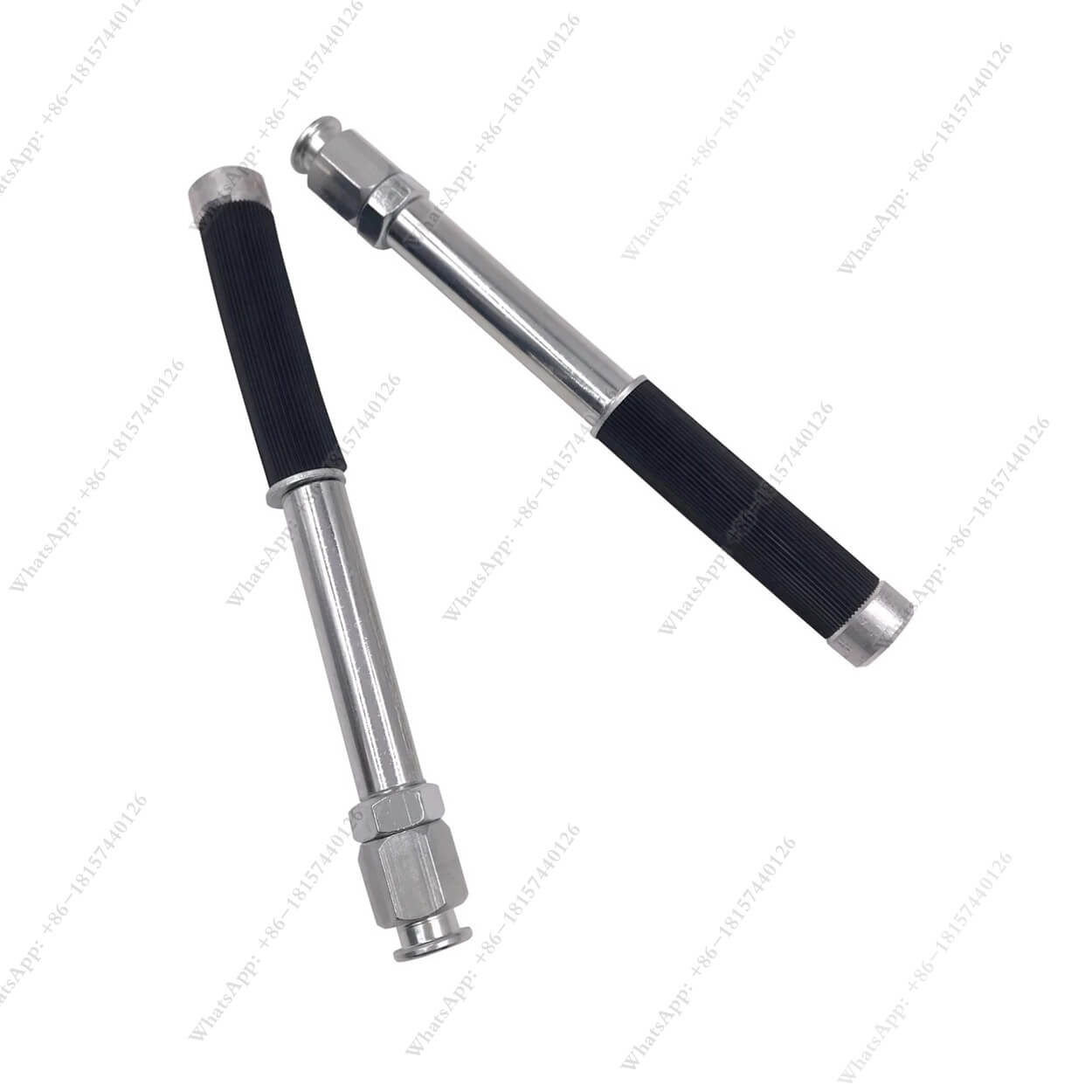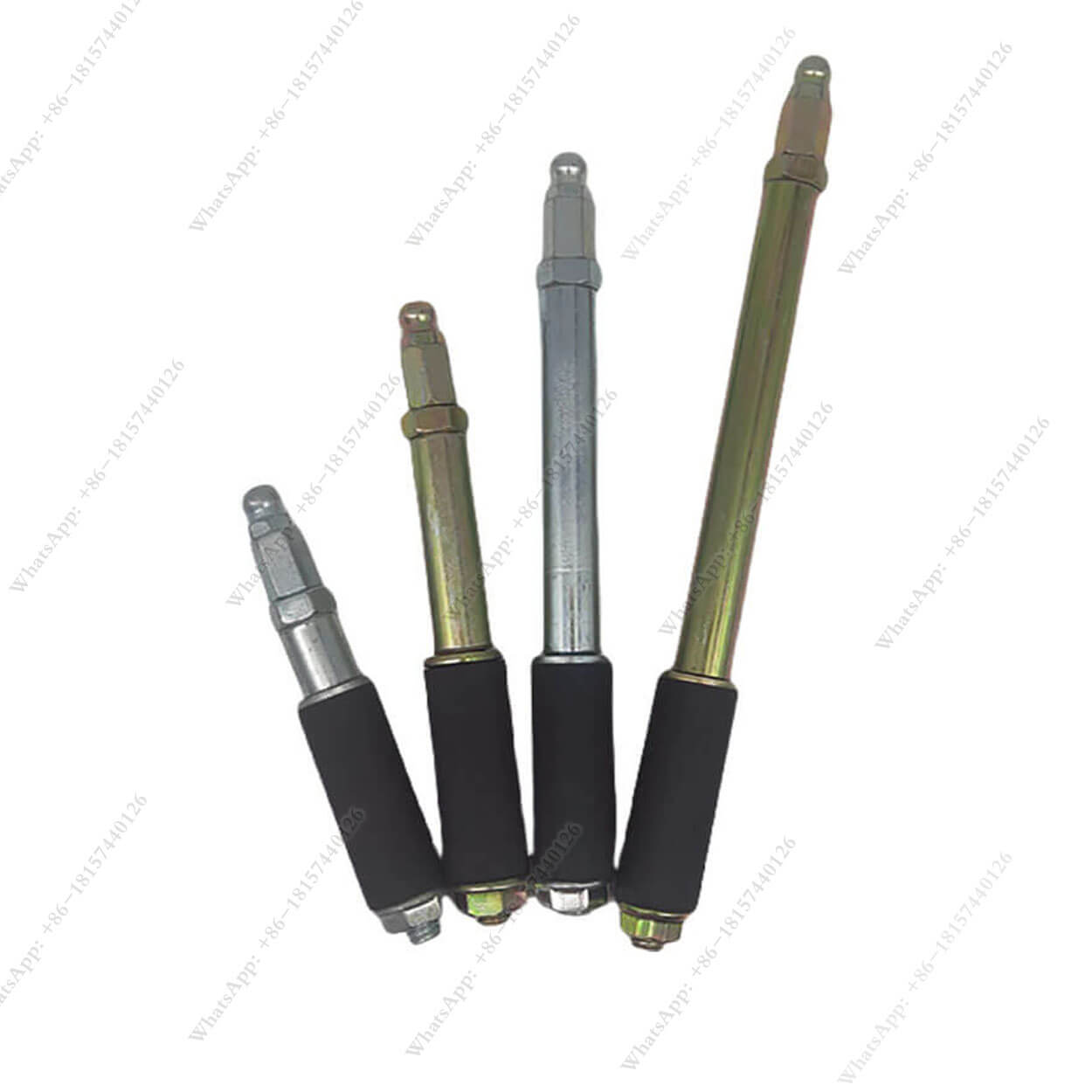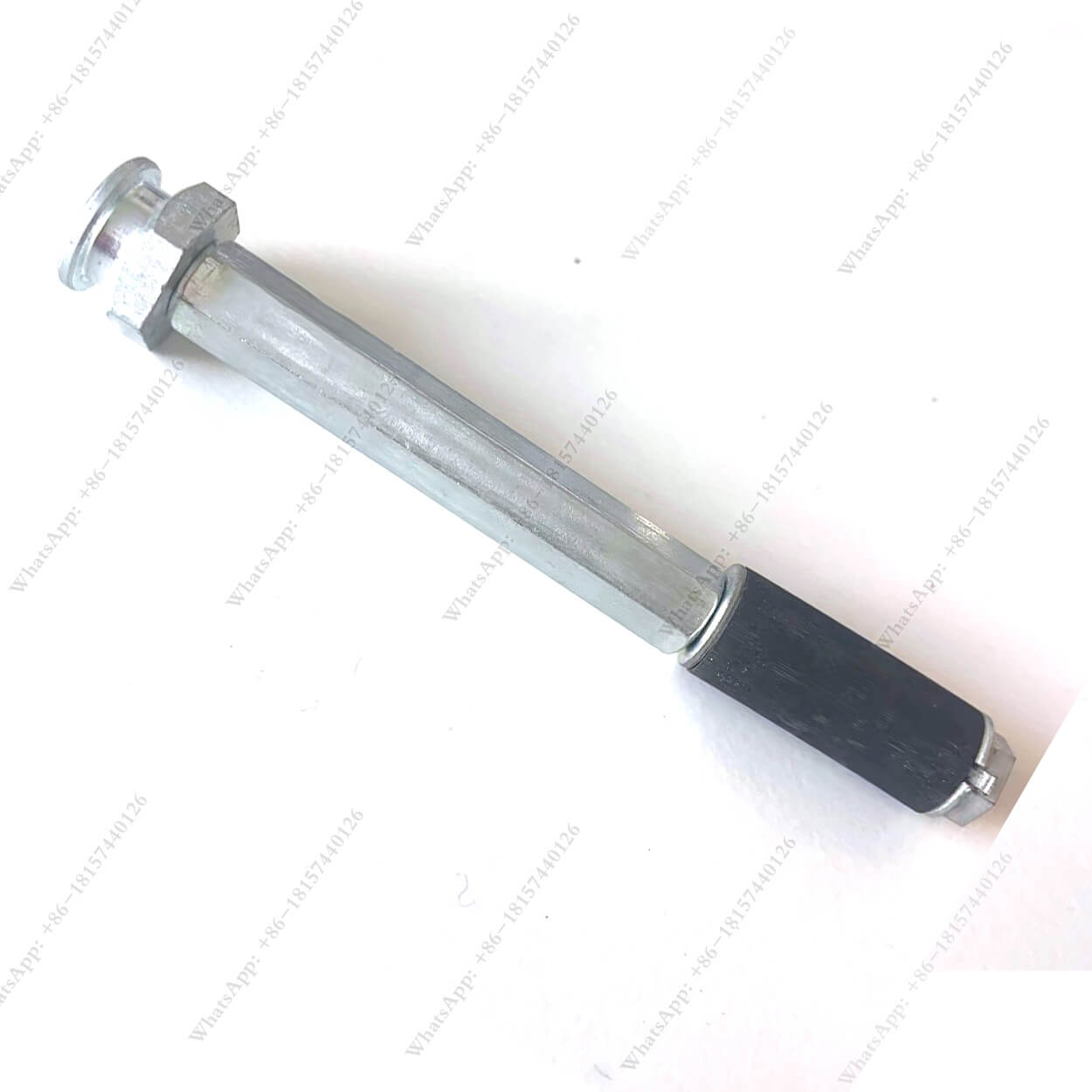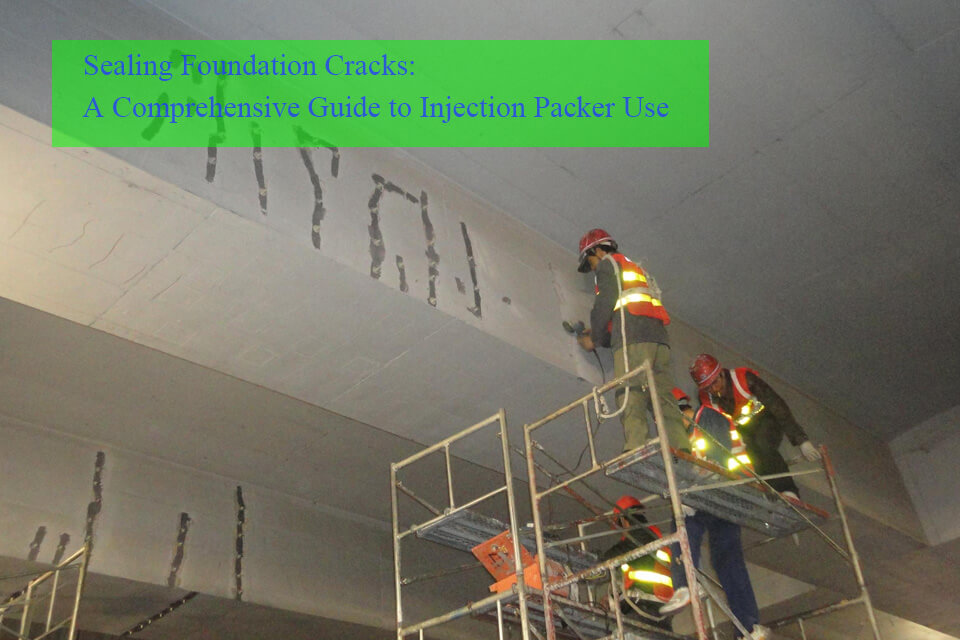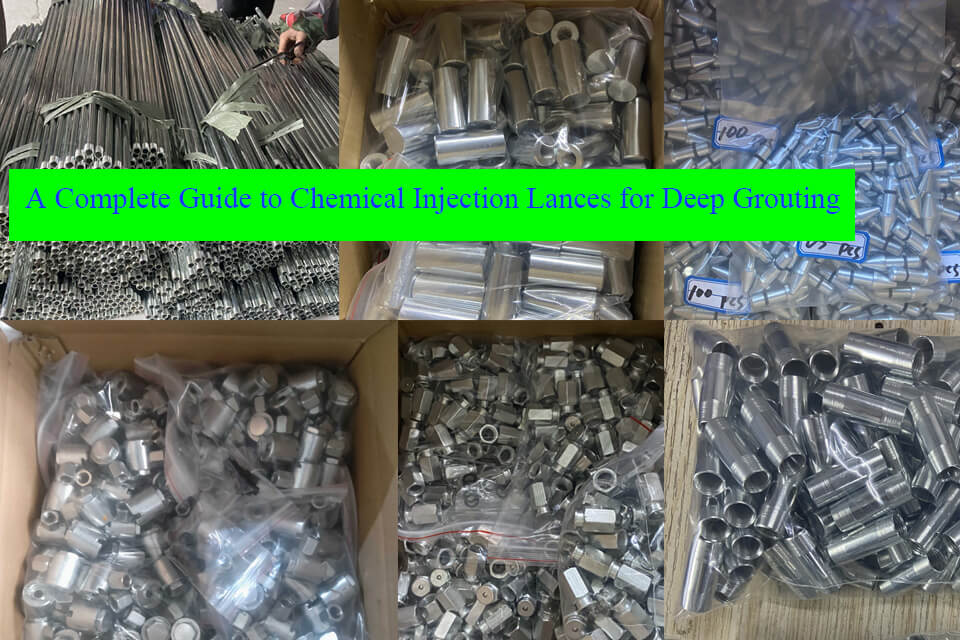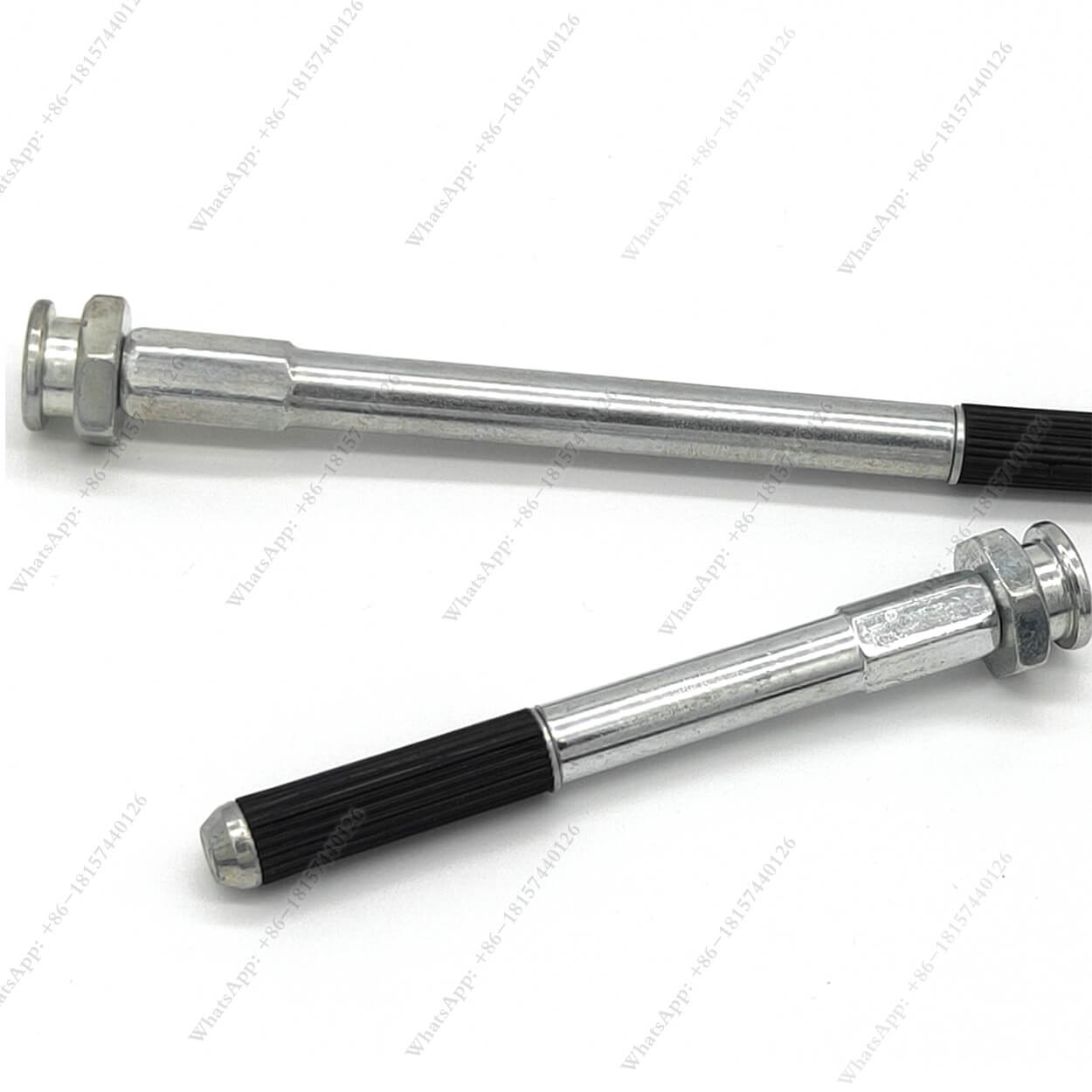

Unleashing the Power of Portable Grout Pumps: Your Guide to Compact Grouting Machines
Looking to tackle a construction project that involves grouting but worried about heavy equipment? Discover how portable grout pumps can revolutionize your work!
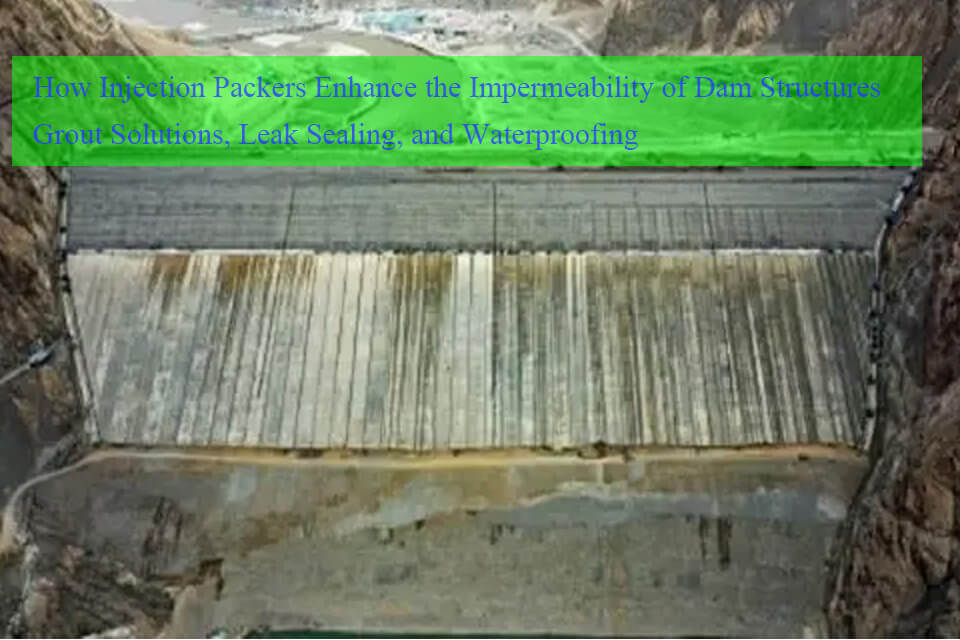
How Injection Packers Enhance the Dam Structures Impermeability
Keeping a dam waterproof is essential for maintaining its structural integrity and preventing water erosion.
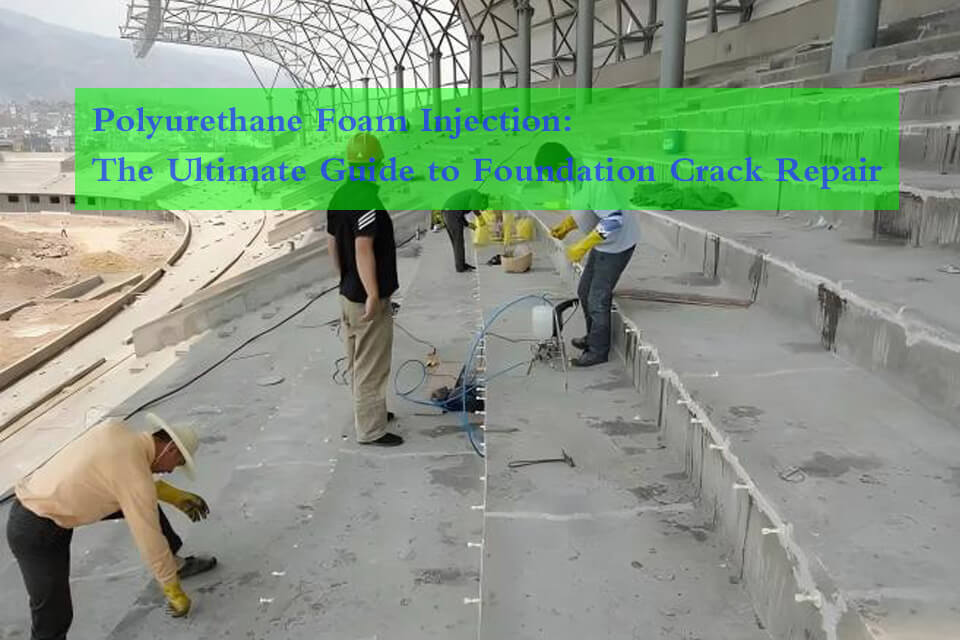
Polyurethane Foam Injection: The Ultimate Guide to Foundation Crack Repair
Are you dealing with pesky foundation cracks that just won’t go away? Look no further! This comprehensive guide will walk you through the innovative solution of polyurethane foam injection for crack repair.

